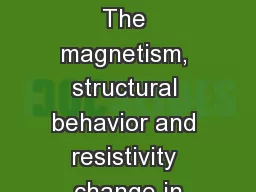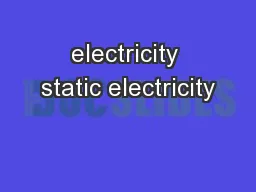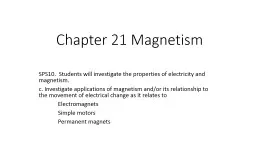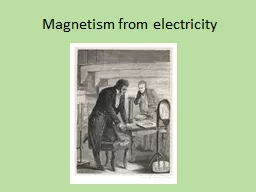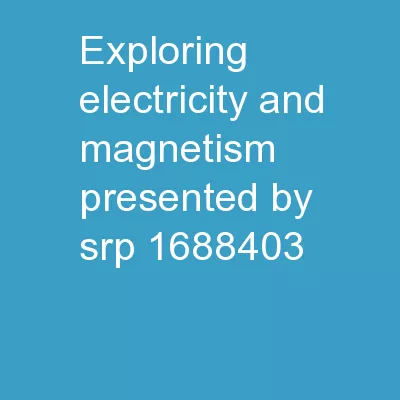PPT-L 28 Electricity and Magnetism [6]
Author : kittie-lecroy | Published Date : 2017-04-15
magnetism Faradays Law of Electromagnetic Induction induced currents electric generator eddy currents Electromagnetic Waves Maxwell amp Hertz 1 Basic facts of Magnetism
Presentation Embed Code
Download Presentation
Download Presentation The PPT/PDF document "L 28 Electricity and Magnetism [6]" is the property of its rightful owner. Permission is granted to download and print the materials on this website for personal, non-commercial use only, and to display it on your personal computer provided you do not modify the materials and that you retain all copyright notices contained in the materials. By downloading content from our website, you accept the terms of this agreement.
L 28 Electricity and Magnetism [6]: Transcript
Download Rules Of Document
"L 28 Electricity and Magnetism [6]"The content belongs to its owner. You may download and print it for personal use, without modification, and keep all copyright notices. By downloading, you agree to these terms.
Related Documents

![PPT-L 28 Electricity and Magnetism [6]](https://thumbs.docslides.com/537817/l-28-electricity-and-magnetism-6.jpg)
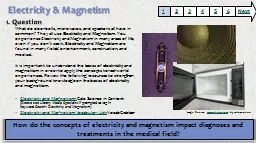
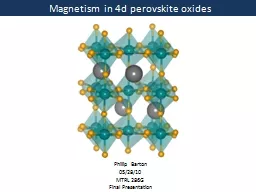
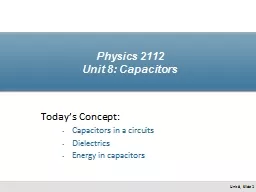
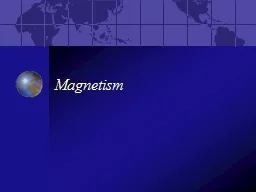
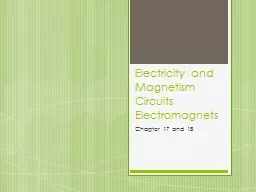
![1 L 26 Electricity and Magnetism [4]](https://thumbs.docslides.com/500690/1-l-26-electricity-and-magnetism-4-.jpg)
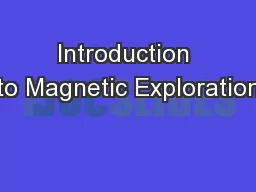
![1 L 27 Electricity & Magnetism [5]](https://thumbs.docslides.com/548574/1-l-27-electricity-amp-magnetism-5.jpg)
